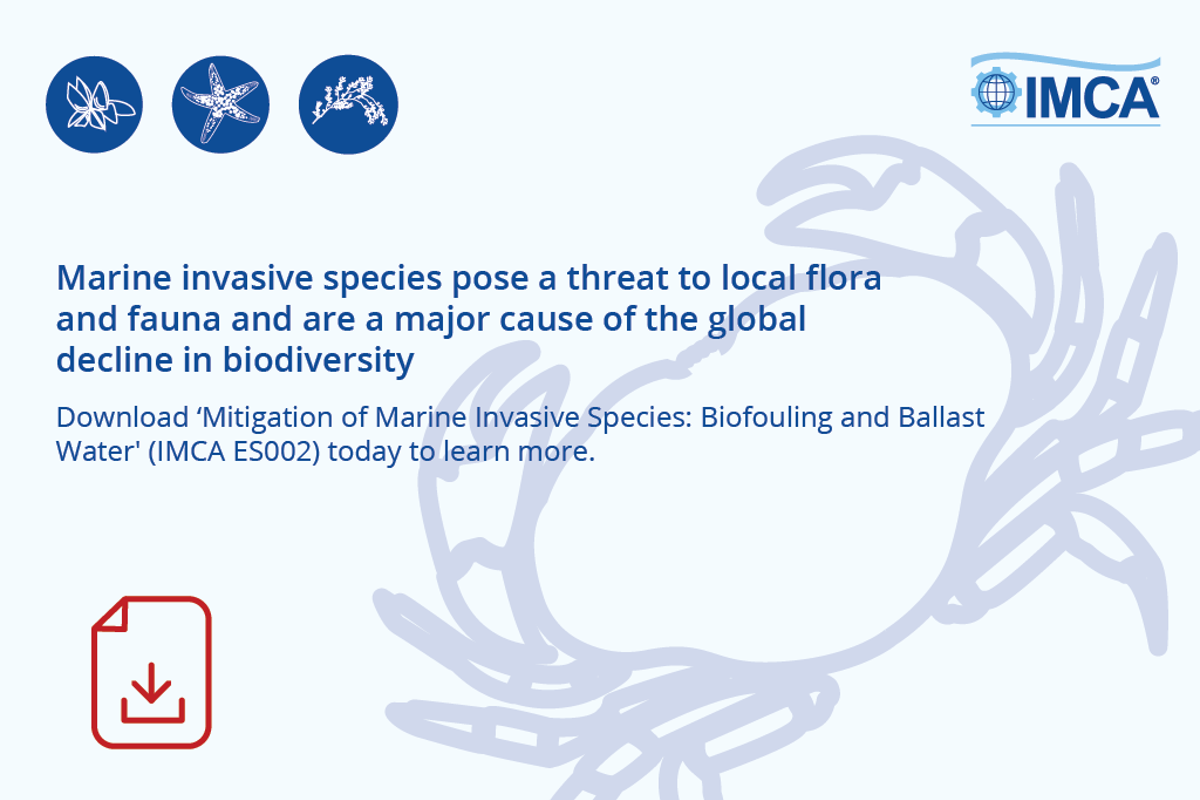A recent UN report found that invasive species are costing the global economy US$423Bn annually and play a key role in around 60% of recorded extinctions.
For marine invasive species more specifically, the figures are harder to come by, but there is no denying the negative impact caused. They can eat native species, outcompete them for food, light, and spawning sites, bring in new diseases, alter habitats, and trigger ecosystem change.
An infamous example would be the green crab. Native to the north-east Atlantic Ocean and Baltic Sea, it has more recently colonised habitats in Australia, South Africa, South America and both the Atlantic and Pacific coasts of North America. Referred to by some as “the cockroach of the sea” – owing to the difficulty in exterminating them – their spread can impact fisheries, aquaculture, and delicate ecosystems. This includes local populations of crabs, mussels, and clams. In the US alone, the US Environmental Protection Agency estimated that total losses from green crab predation to commercial shell fisheries and eelgrass restoration efforts were around US$22.6m a year.







Login / register to join the discussion
Comments
There are no comments for this article.